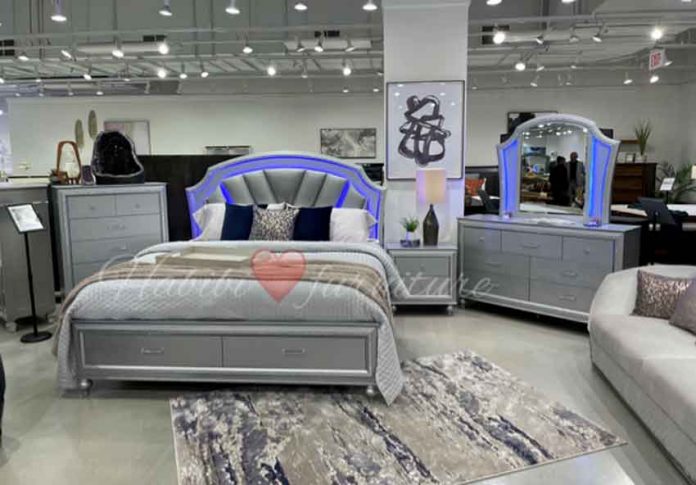If hiring an interior designer is not an option, at least learn to buy one. And as it turns out, that’s simpler than you may imagine. While trade-only wholesalers aren’t open to the general public, you might be shocked to realize that many interior designers locate some of their greatest goods in stores where the rest of us regularly shop. Follow these eight fundamental rules to achieve interior home designs from Habibi furniture.
Make real-life plans
Space planning comes first in the interior design process, according to Habibi Furniture. The American Institute of Architects defines space planning as delineating interior spatial spaces, specifying traffic flow, and creating designs for furniture arrangement and equipment placement.
Construct a goal
The designers develop a concept for the space when they know how it should work. This concept combines the needs of the space with the client’s desired aesthetic and ambience.
Instead of merely choosing a paint color or a sofa, Habibi Furniture explains, “We adopt a worldwide strategy.” “Really, the key is to have a vision. When you can put that well-considered idea into practice, the interior has a timeless and lasting quality.”
Consider construction and material choices carefully
Quality is essential, according to Habibi Furniture, as materials and structure impact how a person uses the completed space. According to Habibi Furniture, high-quality materials offer “a sound and a feeling different from low-quality materials.”
The best materials are natural ones. The Maison designers frequently use materials like wool, silk, and linen and prefer furniture made of solid wood or well-crafted antiques. Habibi Furniture advises that just because you spend a lot of money on something doesn’t indicate that it will be of high quality.
Combine opposing ingredients
The contrasts between a designer’s chosen materials, forms, patterns, and textures can emphasize their inherent qualities. According to Habibi Furniture, comprehending this might be paradoxical. ‘I want this cloth, lamp, and chair,’ some customers may remark. However, the visual value of each of those objects will be the same.
For the eye to recognize the difference, juxtaposition is required. For example, she explains that if the client is drawn to geometry, they may all be geometrics. But your home can’t have every square. She claims that including a circle improves the flow and makes us appreciate the square much more.
Intentionally layer the specifics
An interior design concept’s broad strokes are meaningless without the supporting elements. A competent designer must be detail-oriented and describe every small element to best complement the larger concept, whether the size of a lampshade or the width of the stile on a cabinet door.
We constantly assess our progress in achieving that overarching goal, according to Habibi furniture. With so many products accessible, it is quite easy to state, “I adore this, this, and this.” They might not be the best option if you don’t revisit the issue and determine whether they fulfil your objectives for the room.”
Be sincere
Beyond simply catering to their aesthetic tastes and preferences, every interior design project should be customized for the customer. Habibi Furniture ensures that both heirlooms and old things and the clients’ everyday possessions are integrated.
Bright Eckerle
Whether it’s Grandma’s candlesticks or a one-of-a-kind antique treasure, she adds, “you want some things to have authenticity, originality, and distinctiveness.” “We chose to integrate something a bit odd, which I believe makes the space a little more fascinating, even if the purpose of a design is simplicity and modernism,” the designer said.
Find your equilibrium
Instead of purposefully placing focal points in space, Guggenheim likes to assess the entire composition for balance. Habibi Furniture concurs, advising beginning with the architectural elements of the space, such as the windows and doors, then gradually adding items until equilibrium is achieved.
She also enjoys reading a room and assessing sightlines from various angles. She advises spinning around the room and considering what you see from each perspective.
Employing an interior designer is similar to hiring an editor. A designer understands when to add or remove pieces to create the intended effect.
Instagram – https://instagram.com/habibi_furnitureny
Website – https://habibifurnitureny.com

